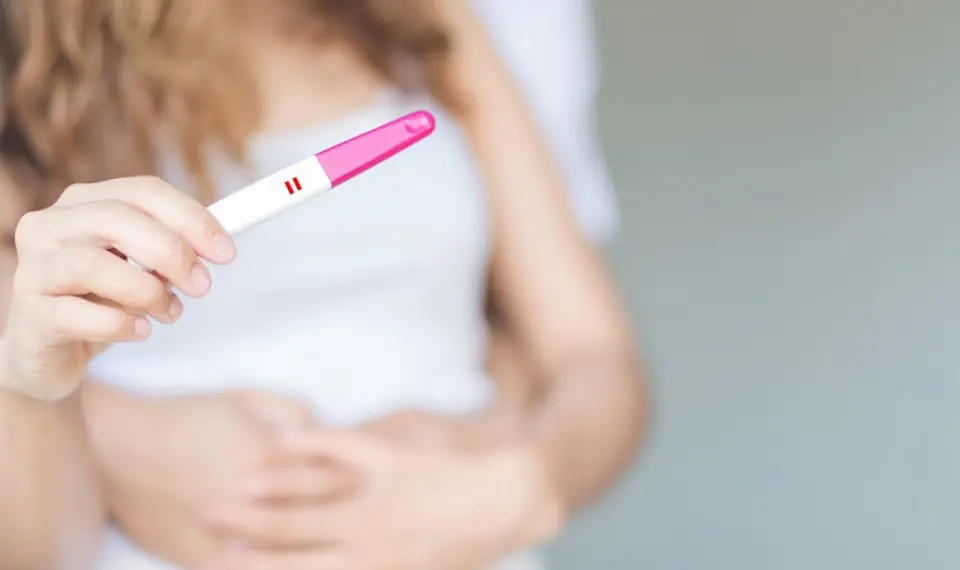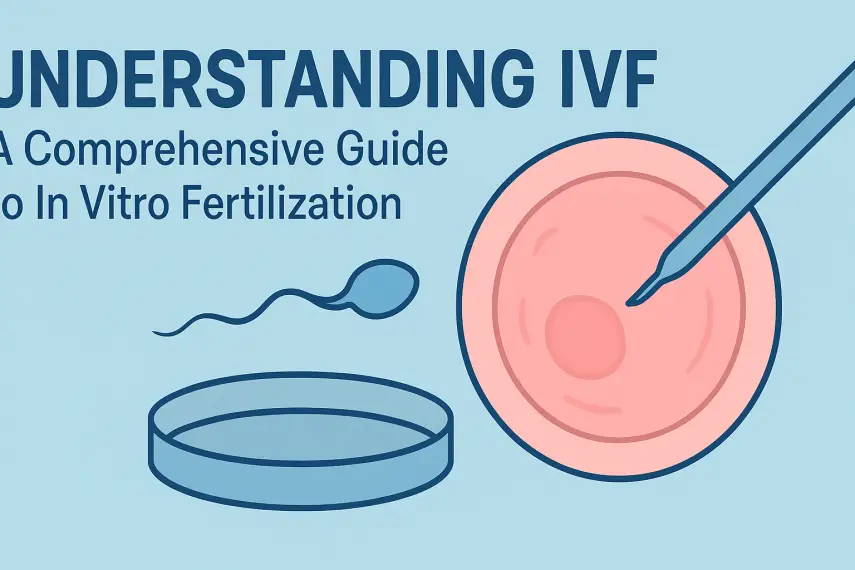
Essential Tips for Women’s Health and Wellness
📑 Contents
Women’s health and wellness are essential priorities throughout every stage of life. As women navigate unique health challenges and shifting responsibilities, understanding the most effective ways to maintain overall wellbeing is crucial. This comprehensive guide presents essential tips for women’s health and wellness, covering nutrition, exercise, mental health, preventive care, and lifestyle strategies rooted in current, evidence-based recommendations.
Understanding Women’s Health: Why It’s Unique
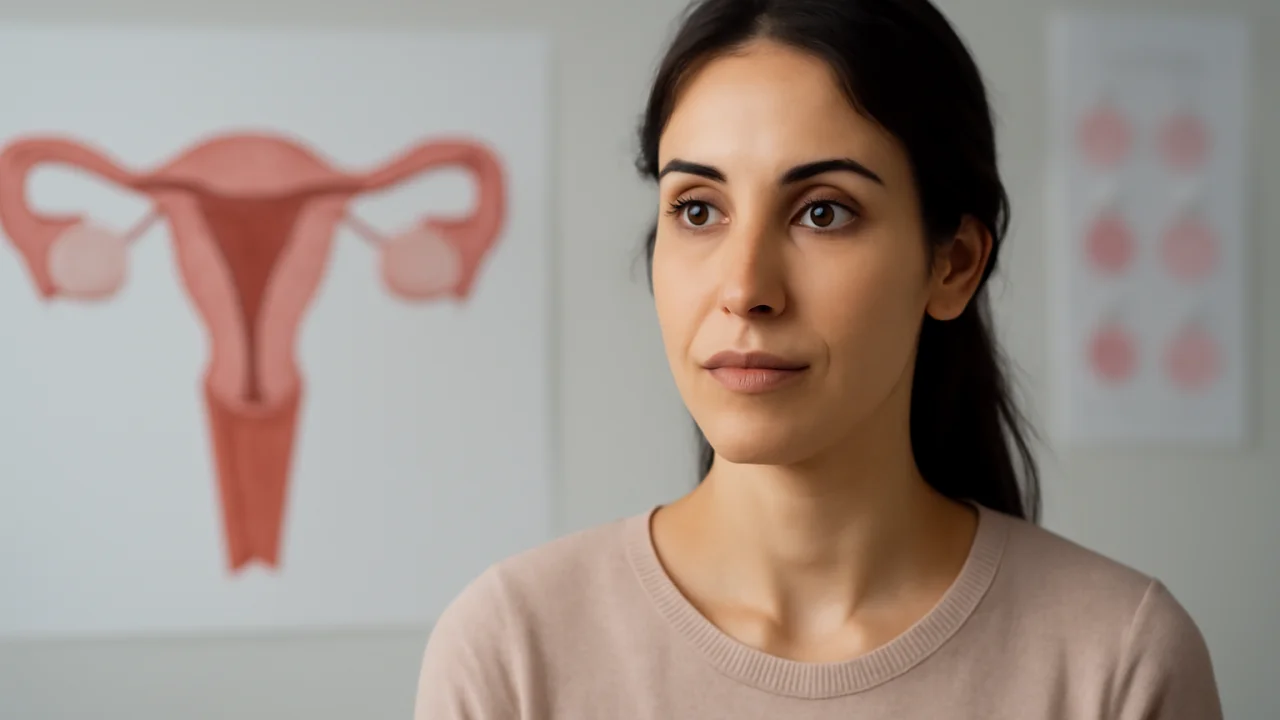
Women face distinct biological and social factors affecting their health. Hormonal fluctuations, reproductive health, and higher risks for certain conditions such as osteoporosis and autoimmune disorders make women’s wellness a specialized field. Recognizing these differences allows women to make informed choices and tailor their health strategies accordingly.
Nutrition: Building a Healthy Foundation
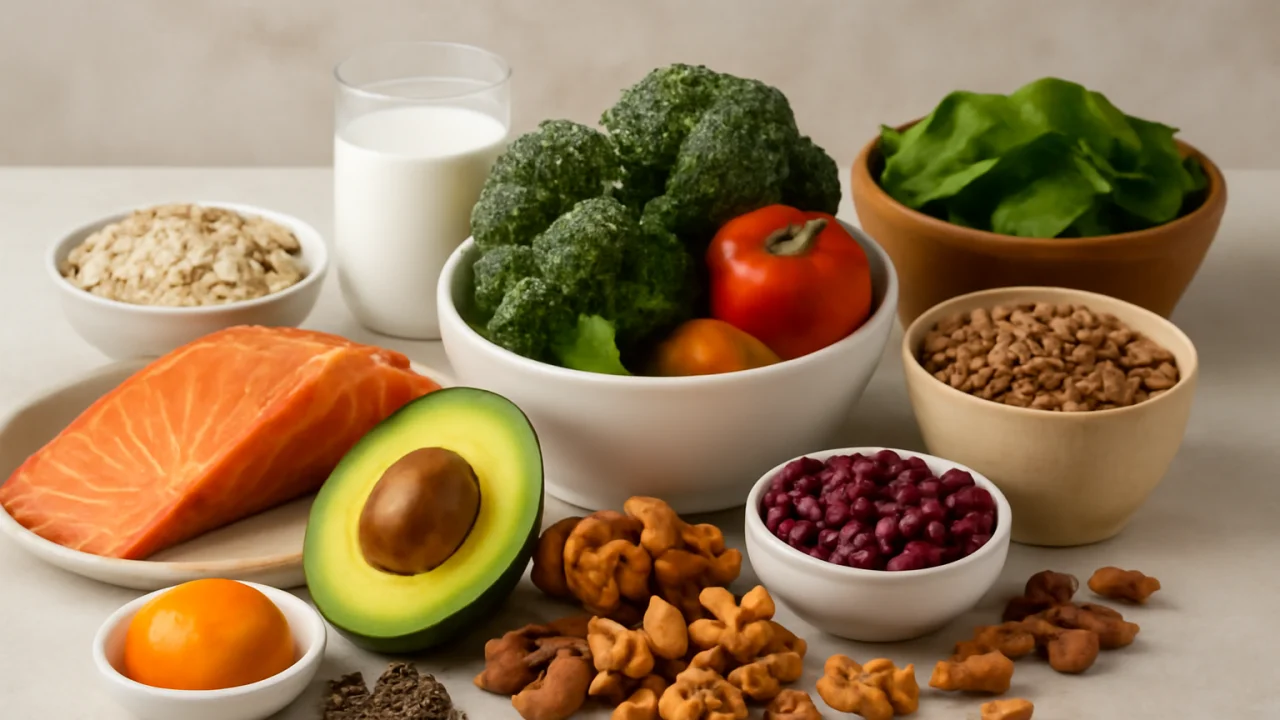
Good nutrition is fundamental to women’s health at every age. Women have unique nutritional needs, influenced by menstruation, pregnancy, breastfeeding, and menopause.
Key Nutritional Recommendations for Women
- Iron: Essential for women of reproductive age due to menstrual blood loss. Sources: lean red meat, beans, lentils, fortified cereals.
- Calcium & Vitamin D: Important for bone health, especially post-menopause. Sources: dairy products, leafy greens, sunlight, fortified foods.
- Folate: Critical pre-pregnancy and during pregnancy to reduce neural tube defects. Sources: leafy greens, legumes, fortified grains.
- Omega-3 Fatty Acids: Support heart and brain health. Sources: fatty fish (salmon, sardines), walnuts, flaxseeds.
- Fiber: Promotes digestive health and helps manage weight. Sources: whole grains, fruits, vegetables.
Practical Eating Tips
- Eat a variety of colorful fruits and vegetables daily.
- Limit added sugars, processed foods, and saturated fats.
- Practice portion control and mindful eating.
- Stay hydrated by drinking water throughout the day.
Physical Activity: Move for Health
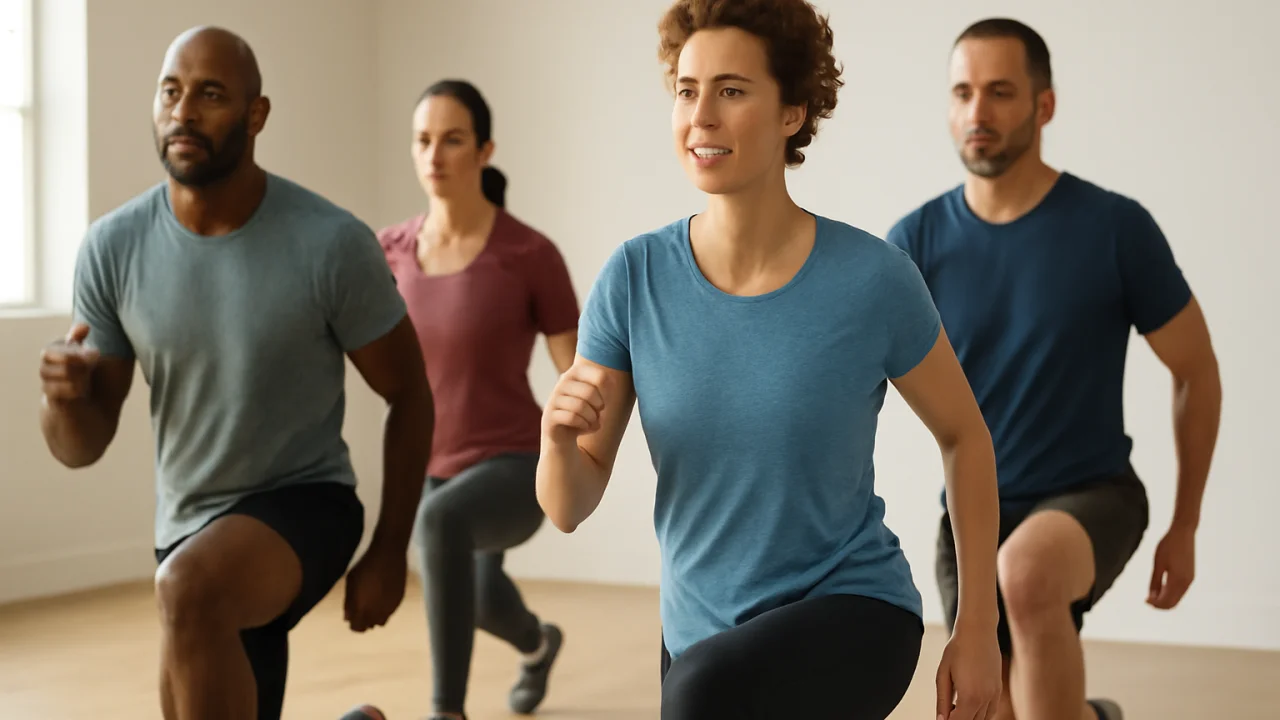
Regular exercise benefits women physically and mentally. The Centers for Disease Control and Prevention (CDC) recommends at least 150 minutes of moderate-intensity aerobic activity per week, plus muscle-strengthening activities on two or more days.
Benefits of Exercise for Women
- Reduces risk of heart disease, stroke, and type 2 diabetes.
- Strengthens bones and muscles, reducing osteoporosis risk.
- Improves mood and reduces symptoms of depression and anxiety.
- Helps maintain a healthy weight.
- Promotes better sleep quality.
Popular Exercise Options
- Walking, jogging, or cycling
- Yoga and Pilates for flexibility and stress relief
- Strength training with weights or resistance bands
- Dancing, swimming, or group fitness classes
Mental and Emotional Wellbeing

Mental health is inseparable from physical health. Women are more likely than men to experience depression and anxiety due to hormonal, social, and life-stage factors.
Strategies for Emotional Wellness
- Practice mindfulness meditation or deep-breathing exercises.
- Connect with supportive friends, family, or community groups.
- Seek professional help when needed—mental health counseling is effective and confidential.
- Prioritize self-care and set healthy boundaries.
- Engage in hobbies and activities that bring joy.
Preventive Health Care: Screenings and Vaccinations

Preventive care is key to early detection and management of health issues. Regular screenings and immunizations help women stay on top of their health.
| Screening/Test | Recommended Age/Interval | Purpose |
|---|---|---|
| Breast Cancer (Mammogram) | Every 1-2 years starting at 40–50 | Detects early signs of breast cancer |
| Cervical Cancer (Pap Smear/HPV Test) | Every 3–5 years starting at 21 | Detects cervical cancer and HPV |
| Bone Density Test | At 65, or earlier with risk factors | Assesses osteoporosis risk |
| Blood Pressure | At least every 2 years from 18 | Screens for hypertension |
| Cholesterol | Every 4–6 years from 20 | Assesses heart disease risk |
| Diabetes (Blood Glucose) | Every 3 years from 35 or earlier with risk factors | Screens for type 2 diabetes |
| STD/STI Screenings | As recommended, based on risk | Detects sexually transmitted infections |
Discuss your personal risk factors and family history with your healthcare provider to personalize your screening schedule.
Vaccinations for Women
- HPV vaccine (to prevent cervical cancer, recommended up to age 26, and sometimes older)
- Annual flu shot
- Tetanus, diphtheria, and pertussis (Tdap) booster every 10 years
- COVID-19 vaccines as recommended
- Shingles and pneumococcal vaccines for older women
Reproductive and Sexual Health

Women’s reproductive health encompasses menstrual health, contraception, fertility, and sexual wellbeing. Open communication with healthcare providers and partners is key to addressing concerns and maintaining good reproductive health.
Tips for Reproductive Wellness
- Track menstrual cycles for irregularities or symptoms.
- Use effective contraception as desired; discuss options with your provider.
- Get regular gynecological exams and STD screenings.
- Address symptoms like pain, heavy bleeding, or unusual discharge promptly.
- Maintain open communication about sexual health and consent.
Healthy Lifestyle Habits

Daily habits play a significant role in women’s health and wellness. Small, consistent changes can add up to long-term benefits.
- Sleep: Aim for 7–9 hours of quality sleep per night.
- Stress Management: Develop coping strategies such as journaling or exercise.
- Avoid Tobacco: Do not smoke or use tobacco products.
- Limit Alcohol: Moderate consumption—up to one drink per day for women.
- Practice Safe Driving: Always wear a seatbelt and avoid distracted driving.
Women’s Health Across the Lifespan

Women’s health needs change with age. Being aware of these shifts helps with proactive wellness planning.
- Adolescence: Focus on nutrition, body image, and menstrual health.
- Reproductive Years: Prioritize reproductive health, contraception, and prenatal care if pregnant.
- Menopause: Manage symptoms, support bone health, and monitor heart health.
- Older Adulthood: Prevent falls, stay active, and maintain cognitive health.
Frequently Asked Questions (FAQ)

- What are the most important health screenings for women?
Key screenings include mammograms, Pap smears, bone density tests, blood pressure, cholesterol, diabetes, and STD screenings. - How often should women see their healthcare provider?
Women should have an annual wellness exam and follow their provider’s recommendations for specific screenings. - What are signs of hormonal imbalance in women?
Symptoms may include irregular periods, severe mood swings, unexplained weight changes, and sleep disturbances. - Which foods are especially beneficial for women’s health?
Iron-rich foods, calcium sources, leafy greens, fatty fish, whole grains, and a variety of fruits and vegetables. - How can women manage stress effectively?
Through exercise, mindfulness, social support, adequate sleep, and, if needed, professional counseling. - Is it safe for women to exercise during pregnancy?
Most women can exercise during pregnancy with healthcare provider approval, but activities should be adjusted to comfort and safety. - How can women reduce their risk of osteoporosis?
Get sufficient calcium and vitamin D, exercise regularly (especially weight-bearing activities), and avoid smoking and excessive alcohol. - What mental health resources are available for women?
Resources include therapy, support groups, national hotlines, and online counseling platforms.
Conclusion: Take Charge of Your Health

Women’s health and wellness require proactive, informed choices across nutrition, exercise, preventive care, and mental health. By prioritizing self-care and staying up to date with screenings, women can enhance quality of life at every age. Remember, your health is your lifelong investment—start today by scheduling a wellness check, making a nutritious meal, or taking a walk. For more trusted tips and resources, visit isayinfo.com.

